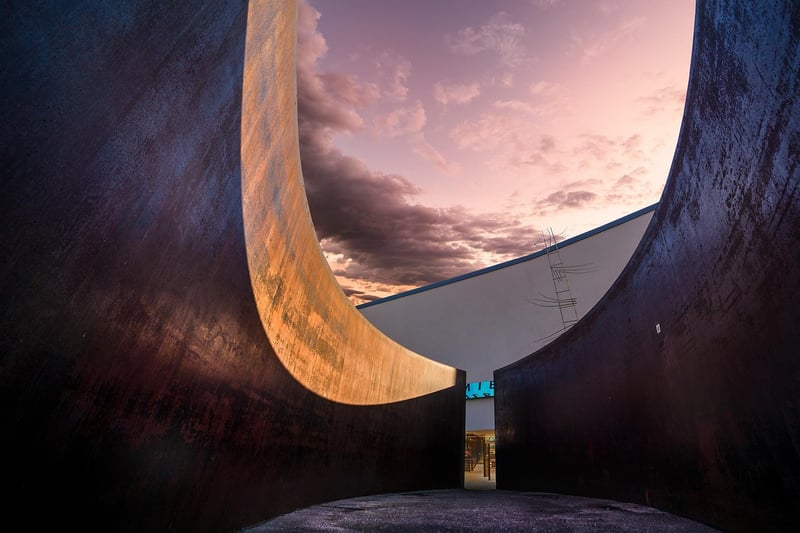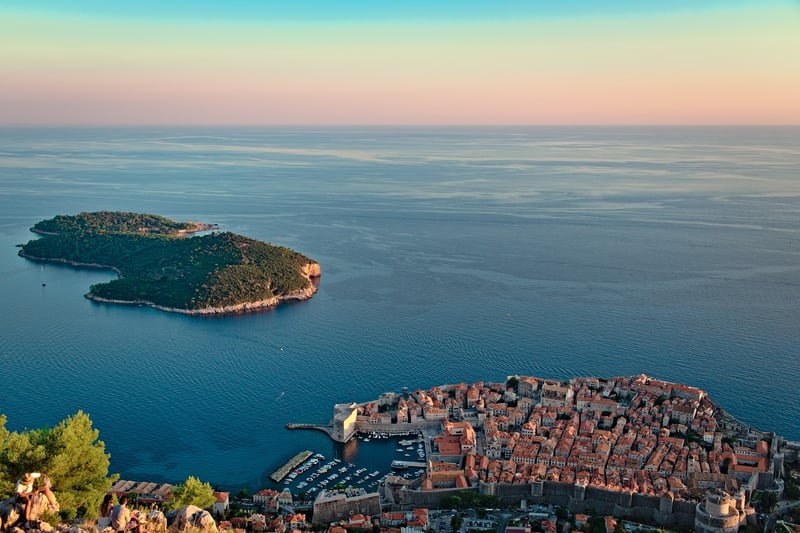Medieval Europe
The Fascinating Journey Through Medieval Europe
Embark on a captivating journey through Medieval Europe, a time of knights, castles, and feudal societies. Explore the rich history and culture of this era as we delve into the key aspects that defined this period.
1. The Rise of Feudalism
Medieval Europe was characterized by the rise of feudalism, a social and economic system where land was exchanged for military service and loyalty. Lords granted land, or fiefs, to vassals in exchange for their allegiance and protection.
2. Magnificent Castles and Chivalrous Knights
Castles dotted the European landscape, serving as fortresses for nobles and centers of power. Knights, armored warriors mounted on horses, upheld the code of chivalry, emphasizing honor, bravery, and loyalty.
3. The Influence of the Church
The Catholic Church played a significant role in Medieval Europe, exerting influence over both spiritual and political matters. Monasteries preserved knowledge, while cathedrals stood as architectural marvels.
4. Trade and Towns
As trade routes expanded, towns grew in importance as centers of commerce and craftsmanship. Markets bustled with activity as merchants traded goods from distant lands.
5. The Black Death
The bubonic plague, known as the Black Death, ravaged Europe in the 14th century, causing widespread death and economic upheaval. This pandemic reshaped the social and economic landscape of the continent.
6. The End of an Era
The Medieval period eventually gave way to the Renaissance, marking a transition from the Middle Ages to the early modern era. The legacy of Medieval Europe lives on in its art, architecture, and traditions.

Embark on a historical journey through Medieval Europe and discover the legacy of this fascinating era.
For more information on Medieval Europe, you can visit History.com.
